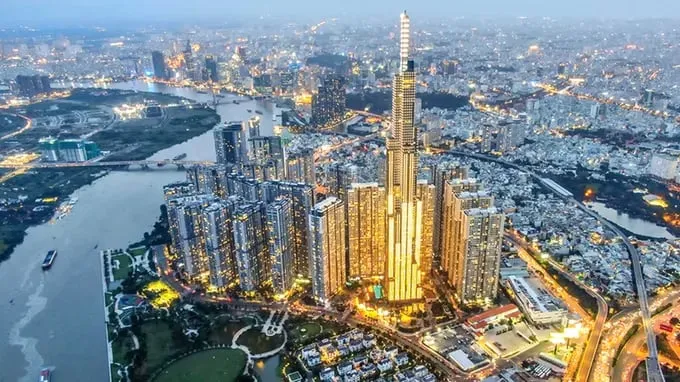
In terms of economy , strive for an average GDP growth rate of over 8% per year in the 2021 - 2030 period; GDP per capita at current prices to reach about 8,500 USD by 2030.
The Resolution emphasizes promoting the advantages of each socio-economic region; focusing on developing two major dynamic regions in the North and the South associated with two growth poles, Hanoi and Ho Chi Minh City. Key economic corridors such as North - South, Lao Cai - Hanoi - Hai Phong - Quang Ninh, Moc Bai - Ho Chi Minh City - Bien Hoa - Vung Tau will receive synchronous and modern investment, with high growth rates, contributing greatly to the overall development of the country.
Developing Vietnam's education to reach advanced levels in the region
Strongly develop digital infrastructure and data infrastructure to create a foundation for national digital transformation, develop digital government, digital economy, digital society; the proportion of digital economy reaches about 30% of GDP...
Socially, the replacement fertility rate is maintained (on average, each woman of childbearing age has 2.1 children); the population size reaches about 105 million people. The Human Development Index (HDI) reaches about 0.78. The average life expectancy reaches about 75.5 years. The proportion of agricultural workers in the total social workforce falls below 20%.
Develop Vietnam's education system to reach an advanced level in the region; be among the top 10 countries with the best university education systems in Asia. Strive for at least 8 universities to be among the top 200 universities in Asia, and at least 1 university to be among the top 100 universities in the world in a number of fields according to prestigious international rankings. At the same time, improve the quality of medical services to be on par with advanced countries in the region.
The Resolution clearly states the orientation for socio-economic space development, including: socio-economic zoning, regional development and linkage orientation; development of dynamic regions and national growth poles; and development of economic corridors.
Specifically, the development of the Northern dynamic region includes Hanoi City and areas associated with Ring Road 4, Ring Road 5, National Highway 5, National Highway 18, expressways CT01, ST04, ST05, CT07, CT09 through Hai Phong City and the provinces of Bac Ninh, Thai Nguyen, Phu Tho, Ninh Binh, Hung Yen, Quang Ninh; in which, Hanoi City is the growth pole.
Building the Northern dynamic region to take the lead in developing high-quality human resources, science and technology, innovation, digital economy, and digital society.
Ho Chi Minh City is the growth pole of the Southern dynamic region.
The development of the Southern dynamic region includes areas along National Highway 22, National Highway 13, National Highway 1, National Highway 51, the North-South Expressway in the West and Ring Road 4 through Ho Chi Minh City and Dong Nai and Tay Ninh provinces; in which Ho Chi Minh City is the growth pole. In the period after 2030, research will be done to expand the scope of the dynamic region.
Building the Southern dynamic region to lead the country and the Southeast Asian region in economics, finance, trade, services, healthcare, education and training, and development of high-quality human resources, science and technology, innovation, and digital transformation. Focus on strongly developing the innovation ecosystem, taking the lead in transforming the growth model, building a digital economy and digital society. Strongly developing financial services, banking, science, technology, and logistics. Developing an international financial center in Ho Chi Minh City with the goal of becoming a leading international financial center, raising Vietnam's position in the global financial network associated with economic growth drivers...
Formation and development of the Central Dynamic Region including coastal areas of the provinces and centrally-run cities: Hue, Da Nang, Quang Ngai, Gia Lai; in which Da Nang city is the growth pole.
Forming and developing the Mekong Delta dynamic zone including the areas of Can Tho city and An Giang, Vinh Long, Dong Thap provinces associated with the connecting areas of expressways (North-South expressway in the East, Can Tho - Vinh Long section, An Huu - Cao Lanh expressway, North-South expressway in the West from Cao Lanh to Rach Soi, Chau Doc - Can Tho - Soc Trang expressway, Ha Tien - Rach Gia - Bac Lieu) and Phu Quoc special zone; in which Can Tho city is the growth pole. In the period after 2030, research to expand the scope of the dynamic zone associated with Tran De seaport.
The Resolution also stated that the North Central dynamic region will be formed, including areas along the Eastern North-South Expressway, National Highway 1 and the coastal road, linked to provincial central urban areas, coastal tourist urban areas and coastal economic zones of the three provinces of Thanh Hoa - Nghe An - Ha Tinh. The North Central region will become a center of the petrochemical, metallurgical, mechanical engineering, automobile and supporting industries of the whole country; at the same time, rapidly develop new industries such as electronics, semiconductors, artificial intelligence, digital technology industry, high-tech industries...
The Resolution also clearly states the orientation for the development of the national urban and rural system; orientation for the exploitation and use of airspace; orientation for the development and spatial distribution of important sectors (industry; services; agriculture, forestry and fisheries); orientation for the development of national social infrastructure; orientation for the development of national technical infrastructure; orientation for the use of national land.
Source: https://www.sggp.org.vn/phat-trien-vung-dong-luc-phia-nam-thanh-trung-tam-kinh-te-tai-chinh-hang-dau-dong-nam-a-post816708.html




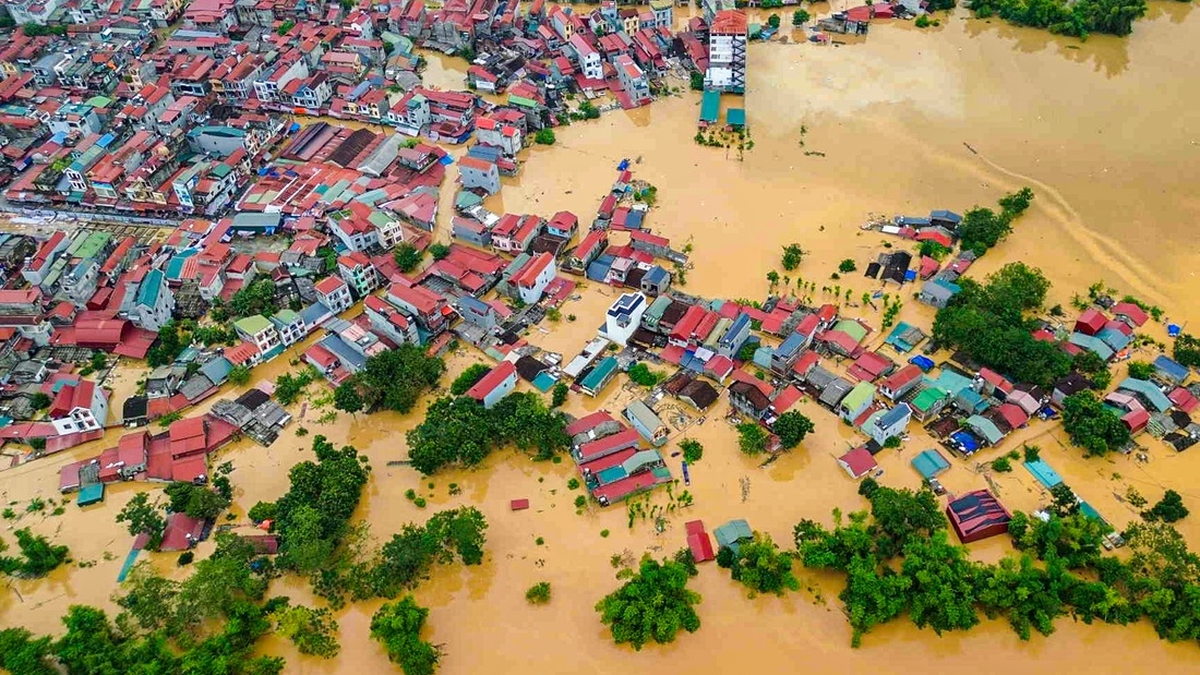


![[Photo] Prime Minister Pham Minh Chinh chairs the 16th meeting of the National Steering Committee on combating illegal fishing.](https://vphoto.vietnam.vn/thumb/1200x675/vietnam/resource/IMAGE/2025/10/07/1759848378556_dsc-9253-jpg.webp)


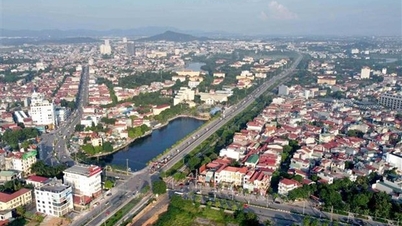






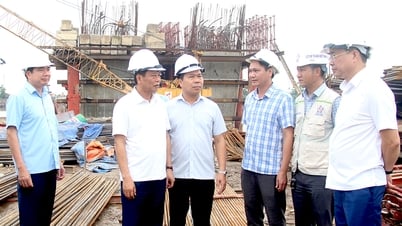





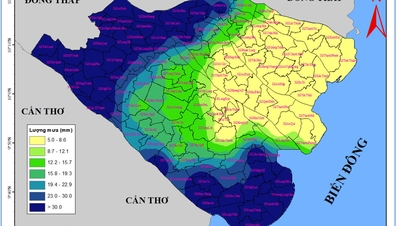




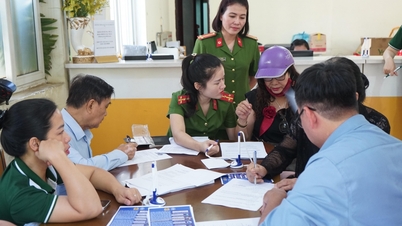










































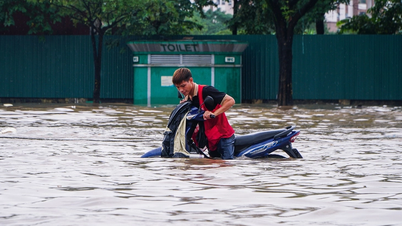









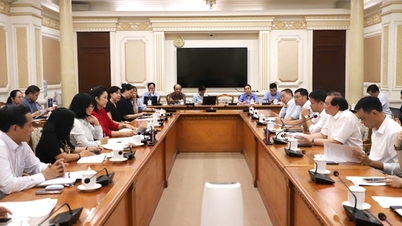






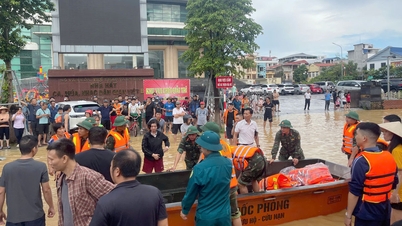

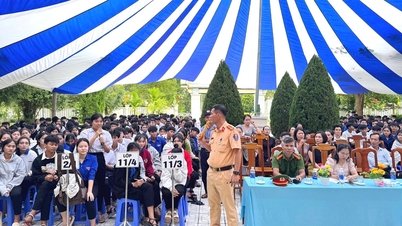
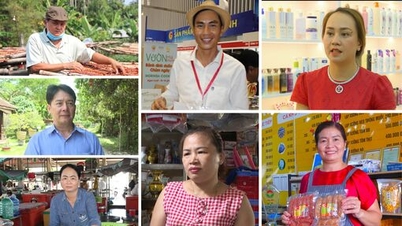












Comment (0)